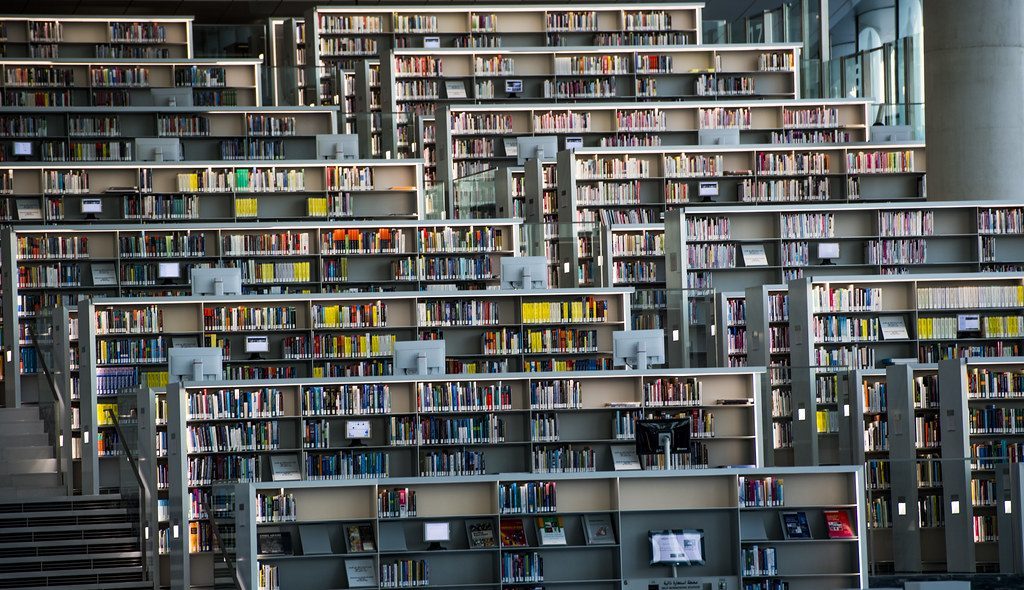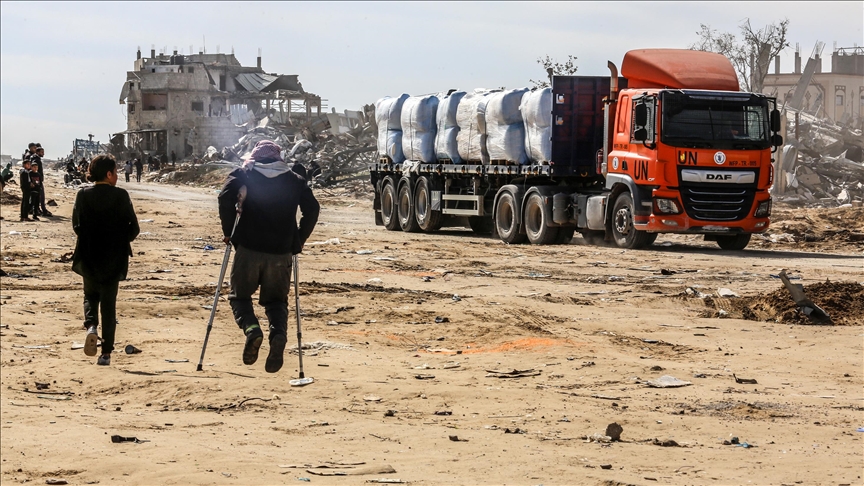QNL’s Director of Digital Collections explains to Doha News how the library is breaking geographical barriers through its digitalisation infinitive.
Qatar National Library (QNL) and the British Library have embarked on a major project to conserve the historical heritage of the Arabian Gulf by digitising some of the most rare archival documents from the region.
With a striking 2.4 million pages of historical documents related to the Arabian Gulf region digitised so far, the initiative is seen as one of the largest digital conservation endeavours globally.
The launch of the Qatar Digital Library (QDL) is designed to craft an internationally leading online resource that is accessible to all, from curious minds to scholarly researchers, the Director of Digital Collections at QNL told Doha News.
“With QDL we hope to transform the study of Gulf history, and improve worldwide understanding of the Islamic world, Arabic cultural heritage and the modern history of the Gulf,” Marcin Werla said.
In partnership with the British Library, QNL embarked on a mission in 2012 to digitise the India Office Records’ archival documents, a primary resource on Gulf history.
The initiative contributed significantly to the development of QDL, expanding its reach and transforming it into a globally accessible, top-tier resource that caters to all levels of interest in the Gulf’s history.
“The key to developing this resource has been our continuing collaboration with the British Library. We’ve worked together to digitise a collection of the India Office Records, which includes archival documents about Qatar and the Gulf region, held at the British Library,” Werla said.
“This joint venture has resulted so far in the successful digitisation of over 2.4 million pages of archival documents, maps, photographs, charts, and diary entries, thus enriching QDL,” he added.
Why digitalise what’s already stored?
Digitisation serves as an efficient preservation technique that minimises potential damage to fragile historical documents, safeguarding the physical pieces while making their content globally accessible.
The process protects these resources from degradation that may result from physical handling. Additionally, it enhances accessibility and allows for the digitised resources to be available to a broad audience worldwide.
“Previously, accessing most of this material would have required a visit to the British Library and putting the physical documents at risk, but with QDL, anyone can view and download a very high-quality digital copy, while the original remains safe,” Werla said.
Anyone with internet access can explore the information contained within, breaking geographical barriers that may have prevented researchers, students, or the general public from accessing these physical books.
Digitised books can also integrate with modern technologies such as machine learning and artificial intelligence, offering enriched user experiences like text-to-speech, automated translations, or augmented reality experiences.
For years, QDL has been working to expand its diverse collections, continuously growing with each addition, with the latest initiative serving as the most prominent. Now, the public library houses various collections for researchers and those with specific interest in regional records.
“QDL also contains many Arabic scientific manuscripts from the British Library’s Manuscript Collections, and a wide variety of maps, photographs, and drawings,” Werla highlighted.
Other noteworthy collections available include the India Office Records, spanning from 1763-1951, which consist of files from the Bushire Political Residency Records and the Bahrain Agency Records; J.G. Lorimer’s Gazetteer of the Persian Gulf, Oman and Central Arabia (1908, 1915); and the private papers of Sir Lewis Pelly, who was the Political Resident in the Persian Gulf between 1862 and 1872.
Looking to the future, Werla outlined the next steps for the project.
“In 2022, our collaboration with the British Library extended into a fourth phase, slated to wrap up in December 2025. During this period, we will digitise and upload an additional 675,000 pages onto QDL, along with several new articles from our experts to provide historical context to some of this material.”
Besides the continued growth of QDL, the library is also working on partnerships with other institutions to make its collections even more comprehensive and diverse to offer accessible historical heritage to a global audience.







